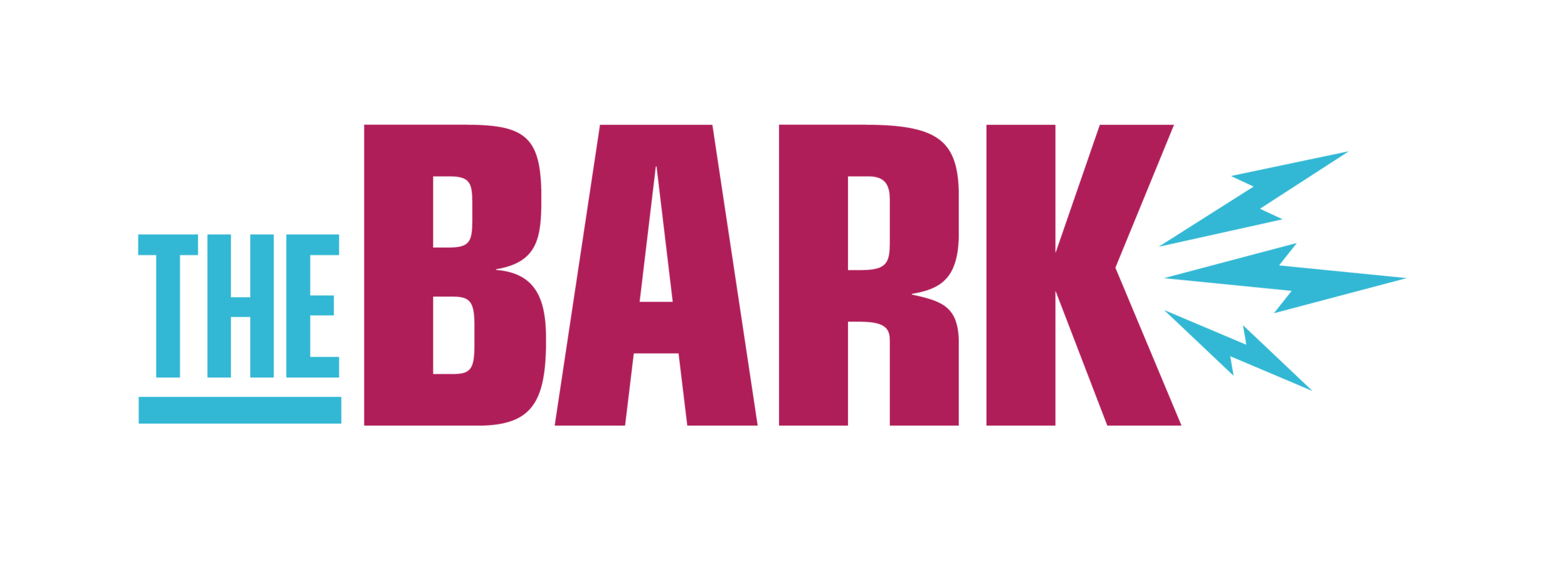Duluth still suffers from opioid crisis
SOURCE: MN Dept. of Health. Chart by Rebecca Kottke
The opioid epidemic has been gripping the nation for years with current statistics from the National Institute on Drug Abuse (NIH) estimating the death toll at 72,000 in 2017. A large increase from the 33,000 deaths reported in 2015.
The Minnesota Department of Health reports that 395 deaths took place in the state in 2016. There was also 2,036 emergency room visits related to the drug. Overdose deaths continue to rise.
According to the NIH, opioids are drugs that include heroin, synthetic opioids like fentanyl and pain relievers available by legal prescription like oxycodone, hydrocodone, morphine and many others.
“Within the city of Duluth, we are experiencing the same burden of opioid abuse that the country is currently experiencing,” Lauretta Perry, drug and alcohol educator at UMD said. “At UMD we have had virtually no evidence of it on campus, but we are not so naive as to think it's not likely, or possibly, coming our way.”
According to Perry, there have been documented opioid overdoses by both the Duluth Police Department and local emergency rooms.
“Our campus police have been trained in how to administer Naloxone, the medication used to reverse an opioid overdose and they carry a nasal form of the medication on their person in the event that a situation arises,” Perry said over email. “Again, to date, we have not had to use it, nor have we had any overdoses on campus, but we are prepared in the event of it.
Perry stated that prescribed medications are the 'gateway' for both college student and young adult opioid use.
“Someone receives a legally prescribed opioid following a surgery and continues to take it beyond what is needed,” Perry said. “When that medication runs out, they may obtain pills from someone who has some left over from a prescription they received.”
According to Perry, users search for other forms of opioids in medicine cabinets. When that fails, Perry said they turn to heroin.
“Due to the highly addictive nature of opioids, it becomes problematic relatively fast,” Perry said. Lieutenant Mike Kazel with the Duluth Police Department (DPD) drug task force said opioids can hit anywhere.
“It hits all parts of the county,” Kazel said. “It’s everywhere that opioids are available to the public.”
According to Kazel, the DPD has a three pronged approach to combat opioid abuse.
“It involves law enforcement,” Kazel said. “As a task force we’ve asked for more resources.”
According to Kazel, the task force has been very successful and will continue to be so.
Kazel stated that the DPD will also continue to educate the public on the issue.
“We’ll do multiple forums educating them on the problems with opioids,” Kazel said. “Then there’s treatment. Helping people who are driving the demand for opioids, to get them help so they are removed from that pool of addiction.”
Kazel advises those who have prescription opioids, that are no longer in use, to dispose of them properly.
“There’s a facility at the Duluth Public Safety Building where you can get rid of them,” Kazel said. “There’s also multiple pharmacies with drop boxes so they’re not just hanging out in your medicine cabinet.”
According to the Minnesota Department of Health, opioids are substances that act on opioid receptors and that the intentional effects are to relieve pain. Opioids also produce respiratory depression and have a potential for misuse, dependence, addiction, withdrawal, and overdose.



